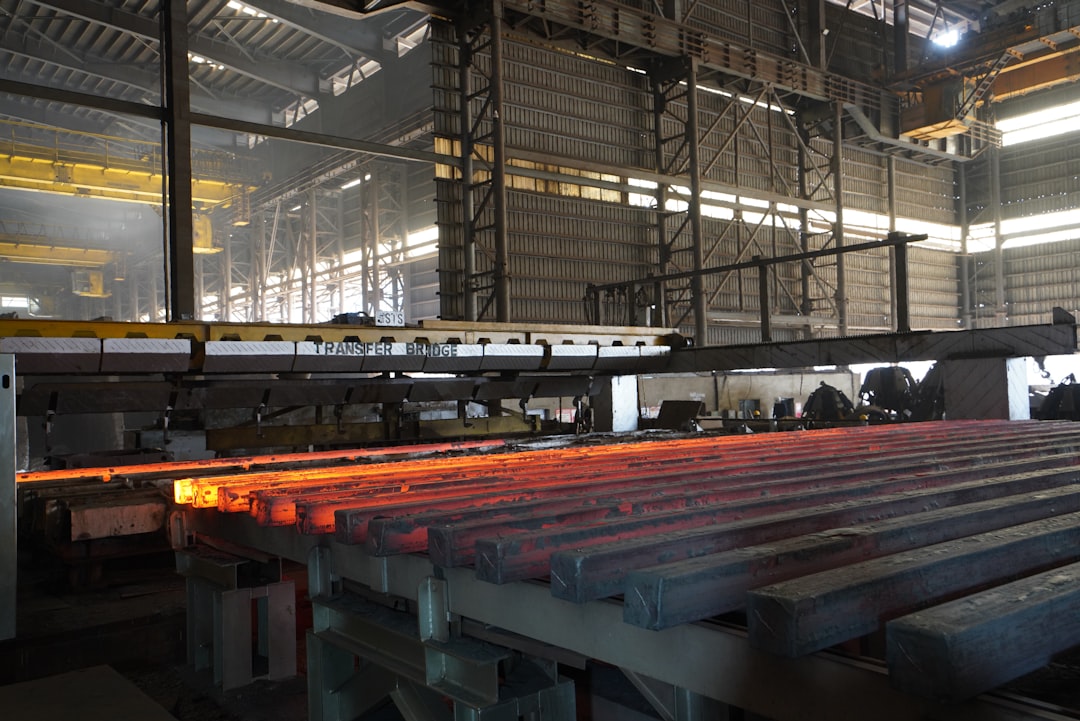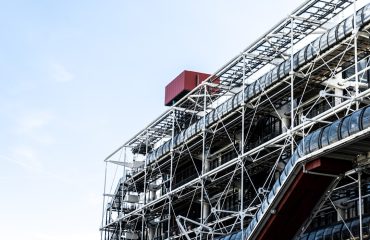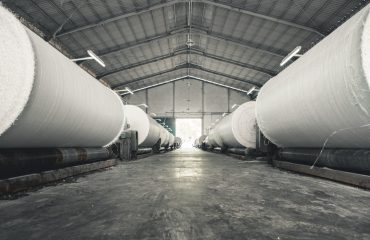Steel’s strength, durability, and versatility make it an indispensable material in the construction and operation of modern power plants. From the foundational structures to intricate internal components, steel plays a crucial role in ensuring efficient, safe, and reliable energy generation. This post delves into the multifaceted integration of steel within power plants, exploring its various applications, material selection considerations, and the overall impact on plant performance.
1. Steel’s Structural Foundation: Building the Powerhouse
The robust nature of steel allows for the construction of massive and complex structures necessary for housing power generation equipment. Power plants, particularly those utilizing large turbines and generators, require strong, stable foundations and supporting frameworks. Steel’s high tensile strength enables the creation of these structures, capable of withstanding significant loads and stresses. This includes the construction of:
- Building Frames: Steel frameworks provide the skeletal support for the entire power plant building, including turbine halls, control rooms, and ancillary structures. Their modular nature allows for efficient construction and flexibility in design.
- Boiler Supports: In thermal power plants, boilers are immense and heavy. Steel structures are crucial for providing secure and stable support, ensuring safe and efficient operation.
- Cooling Tower Structures: Cooling towers, essential for dissipating waste heat, often utilize steel lattice structures due to their strength-to-weight ratio and ability to withstand environmental factors like wind and temperature fluctuations.
- Elevated Platforms and Walkways: Steel provides a safe and accessible platform for workers to access equipment for maintenance and inspection.
The use of high-strength, low-alloy steels further enhances the structural integrity, reducing the overall weight and material costs while maintaining the required strength.
2. Steel in Pressure Vessels and Piping Systems: Containing the Energy
Power plants rely heavily on pressure vessels and extensive piping systems to manage high-pressure steam, gases, and other fluids. Steel, particularly specialized grades like carbon steel and stainless steel, is the primary material for these critical components due to its ability to withstand extreme pressures and temperatures. The selection of steel grade depends on the specific application and operating conditions.
- Boilers and Pressure Vessels: These components operate under extremely high pressures and temperatures, requiring steel with high yield strength, creep resistance, and corrosion resistance.
- Piping Systems: Extensive networks of pipes transport steam, water, and other fluids throughout the plant. Steel pipes are chosen for their durability, reliability, and ability to withstand the high pressures and temperatures involved.
- Heat Exchangers: Steel plays a critical role in heat exchangers, transferring heat between fluids efficiently and reliably. The choice of steel often depends on the fluids involved and the operating temperatures.
Welding techniques are crucial in the construction of these components, ensuring the integrity and safety of the entire system. Regular inspections and maintenance are essential to prevent failures and ensure the longevity of these steel components.
3. Steel in Turbine and Generator Components: Power Generation’s Core
Turbines and generators, the heart of power plants, contain numerous steel components crucial for their operation. These components need to withstand high speeds, vibrations, and extreme temperatures. Specialized steel alloys with high strength, fatigue resistance, and corrosion resistance are employed.
- Turbine Blades and Rotors: These components experience immense centrifugal forces and high temperatures, requiring high-strength, heat-resistant steels to maintain structural integrity.
- Generator Stators and Rotors: These components require steel with high magnetic permeability and low losses for efficient power generation. Specialized electrical steels are often used.
- Shaft Components: High-strength steel shafts transmit the power from the turbine to the generator, requiring exceptional fatigue resistance and precision manufacturing.
The precise manufacturing and quality control of these steel components are essential for ensuring the efficiency and reliability of the power generation process. Advanced techniques like forging and heat treatment are often employed to achieve the desired mechanical properties.
4. Steel in Safety and Containment Systems: Protecting Personnel and the Environment
Safety is paramount in power plant operation. Steel plays a vital role in constructing safety and containment systems that protect personnel and the environment from potential hazards. These systems are designed to withstand extreme conditions and prevent the release of hazardous materials.
- Containment Structures: Nuclear power plants rely on robust steel containment structures to prevent the release of radioactive materials in case of an accident.
- Safety Valves and Pressure Relief Devices: These components are made of steel to ensure reliable operation in emergency situations, preventing over-pressurization and potential explosions.
- Fire Protection Systems: Steel structures and components are often used in fire protection systems, providing structural support and containment for fire suppression equipment.
The design and construction of these safety systems require meticulous attention to detail and adherence to stringent safety standards. Regular inspections and maintenance are crucial to ensure the continued effectiveness of these critical components.
5. Material Selection and Sustainability Considerations in Steel for Power Plants
Choosing the right steel grade is crucial for optimal performance, longevity, and cost-effectiveness. Factors such as strength, corrosion resistance, weldability, and cost need to be considered. Furthermore, the environmental impact of steel production and disposal is increasingly important. Sustainable practices are being implemented throughout the lifecycle of steel in power plants.
- Recycled Steel: Utilizing recycled steel significantly reduces the environmental impact of construction.
- Corrosion Protection: Applying protective coatings and utilizing corrosion-resistant steel grades extends the lifespan of steel components and reduces maintenance costs.
- Lifecycle Assessment: A comprehensive lifecycle assessment evaluates the environmental impact of steel from production to disposal, guiding material selection towards more sustainable options.
The industry is moving towards the use of higher-strength steels to reduce material usage, minimizing both cost and environmental impact. Research into new steel alloys and sustainable manufacturing processes continues to improve the sustainability of steel’s role in power plant integration.
In conclusion, steel’s integral role in power plant integration is undeniable. Its strength, versatility, and reliability make it an essential material for building safe, efficient, and sustainable energy infrastructure. Careful consideration of material selection, manufacturing processes, and lifecycle impacts ensures that steel continues to play a vital role in powering the future.




